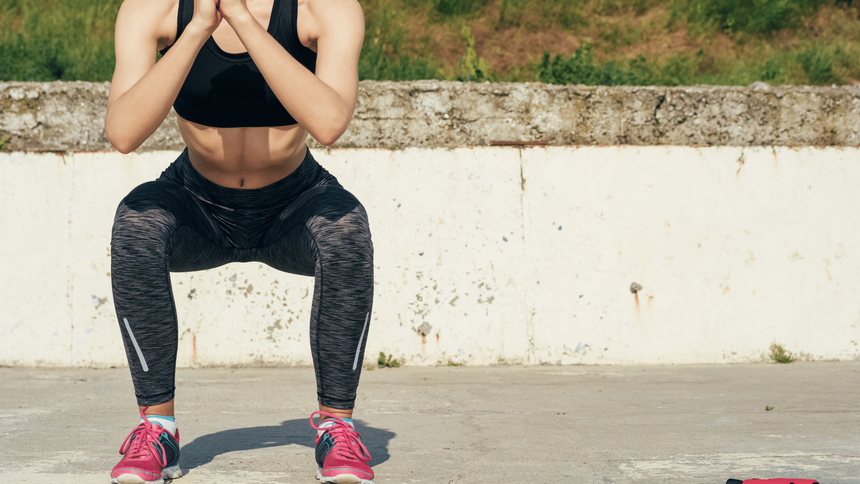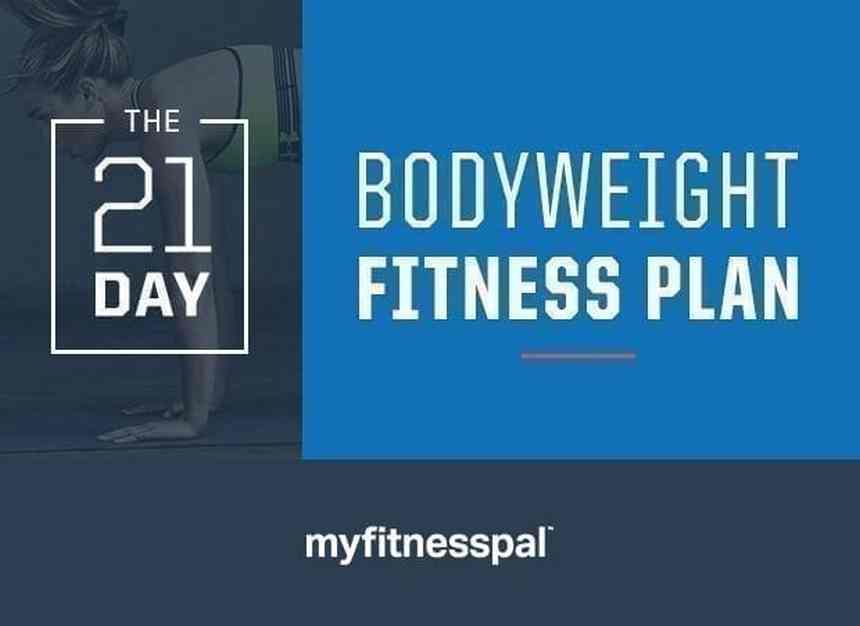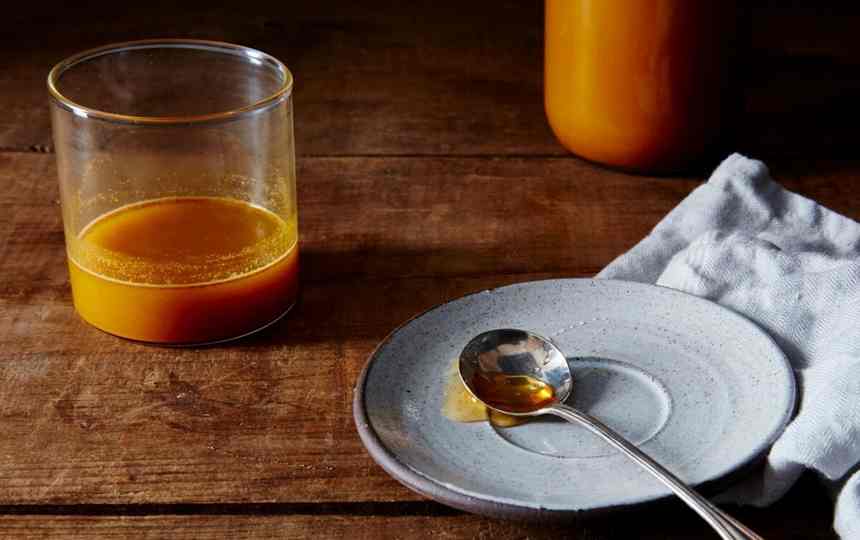How can an train be thought-about “one of the best” motion for fats loss and muscle acquire, and in addition be averted by lots of the world’s smartest trainers?
That’s the case with the normal again squat. One of the crucial well-known and timeless workouts, and in addition probably the most controversial.
Irrespective of the way you view the again squat, squatting is a vital motion, no matter whether or not you carry out it with weight in your again.
Many of the disagreements deal with the protection of the motion. Some individuals consider that it’s too straightforward to get harm doing squats. And, in case you’re avoiding them, odds are you’re both apprehensive about the identical consequence or have already got skilled some harm or ache whereas performing them.
We like to have a look at issues a special means: in case you can’t sit down (which is what squatting is) with out hurting your self, then the worst factor you are able to do is keep away from the motion totally.
Whether or not you need to squat with a weight in your again is as much as you, however don’t let that cease you from cleansing up little errors which can be inflicting ache or limiting your exercises.
If you wish to transfer higher, and see higher outcomes out of your exercises, listed here are easy methods to make sure you don’t get harm whereas doing probably the most basic human actions.
Why Do Squats Hurts?
A part of what makes squats nice can be what connects them to accidents. Squats are a compound train, which means that many muscle tissues are concerned within the motion. All the pieces out of your quads, hamstrings, glutes, again, and even your abs gentle up once you squat.
Whereas these muscle tissues are all concerned, you don’t essentially need them doing the heavy lifting. And, that’s why an excellent motion to your decrease physique can simply flip into one thing like again ache.
If you wish to transfer pain-free and preserve pressure on the muscle tissues designed for the motion, you merely want to acknowledge the place you are feeling “off.”
And, it’s essential to acknowledge that the best way you squat depends on your physique. As we’ve damaged down intimately, there’s not even one squat depth that’s universally right—how low it’s best to go depends upon who you might be. (Bear in mind, personalization is an important a part of exercising.)
As an alternative, we’ll assist you tackle any points you are feeling once you squat, make it straightforward to establish why you wrestle, after which make the required changes.
Whether or not you again squat, entrance squat, goblet squat, or carry out single-leg variations, the following pointers and cues will finally make you higher at squatting, establish weaknesses, and assist forestall harm and ache.
The Downside: Weak Grip
Once I watch somebody squat, the primary place I look tends to shock individuals. I like to look at the grip and higher again.
Why? As a result of most individuals barely grasp the bar and activate the muscle tissues which can be designed to maintain your physique protected.
Most individuals, particularly once they have a bar on their again, attempt to spend so much of time discovering a cushty spot on their higher again. In doing so, they miss a key first step.
The Squat Repair: If you arrange for a squat, you need to grip the bar as laborious as attainable and attempt to pull your elbows beneath the bar. For those who simply drop right into a squat, you’ll really feel unstable in the course of the motion.
Extra pressure in your fingers and higher again create full-body pressure. This pressure will assist you squat down with higher management and defend your backbone and decrease again. To not point out, the activation of those muscle tissues will even assist you produce extra drive and carry extra weight with out getting injured.
The Downside: Leaning Ahead
A well-liked squat cue is to maintain your chest up and for an excellent purpose. For those who’re bending an excessive amount of at your hips, it’s very laborious to maintain pressure on the muscle in your decrease physique.
Falling ahead transfers the burden away out of your quads and shifts extra to your glutes and hamstrings or doubtlessly your decrease again.
The Squat Repair: Let’s imagine this about each train, however begin by dropping the burden and making certain that your physique can deal with what you’re lifting. With squats particularly, your physique sends you a number of indicators that scream, “That is an excessive amount of!” Folding in half as you decrease and sit down is a kind of indicators.
Then, work on protecting your elbows pulled down (going through the bottom) and your chest up. It will be certain that the torso stays extra upright all through the carry.
You’ll additionally need to focus in your flexibility and mobility (extra on this quickly). Tight ankles, hips, and higher again will forestall you from hitting an excellent squat sample. And, this may solely worsen as the burden will increase.

The problem may be linked to weak core muscle tissues (your abs) or weak quads. As an alternative of placing a bar in your again, strengthen your knee extension and stability with workouts like step-ups, Bulgarian cut up squats, and lunges.
The Downside: Poor Ankle Mobility
Ankle mobility is a matter for many as a result of, nicely, most individuals don’t work on it. And, our reliance on stabile footwear makes your toes really feel snug whereas compensating for the flexibility to construct stronger, extra sturdy, and extra cellular ankles.
Shedding mobility in your ankles means your shins don’t transfer ahead naturally once you squat. In case your shins aren’t transferring ahead, your motion sample is altered and it may create pointless stress in your knees.
For years, match execs have beloved sharing pics of infants and toddlers squatting to show how pure it’s for people to squat deep. As an alternative of specializing in the depth, take a look at the angle fashioned by their shins, which is enabled by higher ankle mobility.
The Squat Repair: For those who’re in search of extra depth, a easy repair is inserting a 5- or 10-pound plate beneath your heels after which squatting. The little change will assist you sink into your heels once you sit down and obtain a deeper squat. By placing the plate beneath your heels, you compensate for a scarcity of ankle mobility.

If you wish to repair the issue (which we advocate), attempt including ankle mobility drills, which assist restore regular ankle motion and enhance squat type.
One standard drill requires you to face a wall in a staggered stance together with your ahead foot about 1-foot away from the wall. Then, attempt to drive your entrance knee ahead in the direction of the wall so far as you may.
One other easy train is to hint the “ABC’s” together with your large toe on every foot. Attempt to “draw” every letter as a strategy to problem your ankles with motion in every course.
The Downside: Collapsing Knees
Subsequent time you squat when holding a weight, have somebody take a video or watch your knees within the mirror. How a lot are your knees (or one knee) caving inwards? Somewhat little bit of motion may be OK. However, if one knee appears to be like prefer it desires to kiss the opposite (or each knees are making the transfer), it’s time to repair the problem and forestall a critical harm earlier than it occurs.
The Squat Repair: The caving knees (AKA “valgus collapse) could possibly be a method flaw, mobility difficulty, or weak spot.
The wall squat is a straightforward strategy to take a look at if this is a matter (with no need weight). Stand going through a wall together with your toes about 6 inches away. Squat so far as you may. You’ll instantly see in case your hips, ankles, and higher again have any mobility points and also you’ll discover how your knees observe.
If it is a downside, shift to Goblet squats, ensuring you go as deep as attainable, whereas protecting your lats and core braced and forcing your knees out. It will present dynamic mobilization of your hips.
Warning: this in all probability gained’t be sufficient to repair the problem. Strengthening your glutes will assist you preserve your knees out throughout squats. Glute bridges and barbell hip thrusts might be your major focus to your glutes, that are your major hip abductors and can cut back the weak spot inflicting the collapse.
The Downside: Incorrect Respiratory
If you’re not inhaling (deep breath in) as you progress down into the squat and exhaling as you drive up and out of the opening, you’re not benefiting from intra-abdominal stress (IUP). This, together with the bracing of your torso, is your pure lifting belt.
The Squat Repair: Earlier than every rep, take a giant breath and brace your torso. Then, squat down, pause, and as you come up, exhale forcibly via pursed lips on the most difficult portion of the carry. This pressure and bracing will assist preserve you protected and injury-free.
The Downside: Utilizing a Belt on All Units
Belts (very similar to lifting straps) are usually not a nasty factor. However, you could know how you can use them appropriately. They need to be there for help and never reliance. When squatting, there are a number of lifters who put on a belt for all their units. This a lot dependency on a belt won’t assist you develop a robust, purposeful core.

Squat Like a Professional: By pushing aside sporting a belt till the heavier units, you’ll be rising your general full-body power and potential for remaining injury-free. As a rule of thumb, it’s best to work as much as the purpose the place you don’t placed on a belt till you might be round 70 p.c of your one-rep max (1RM).









